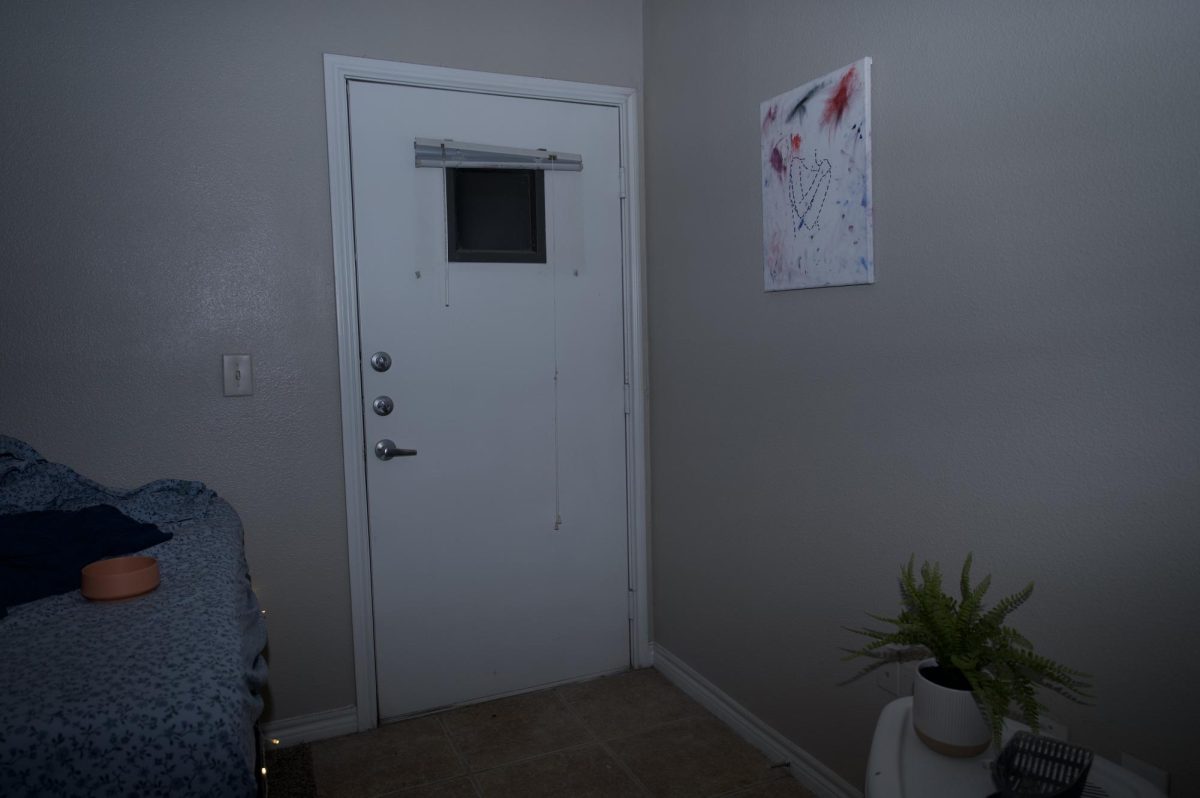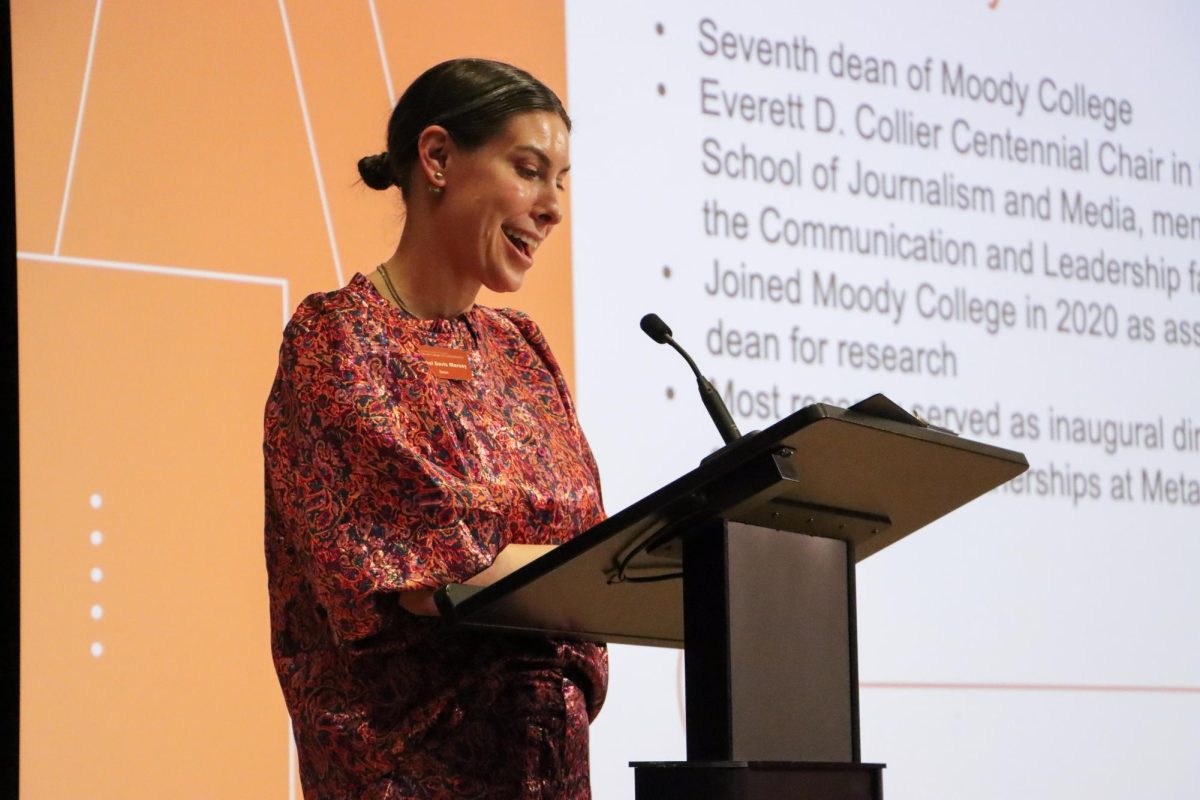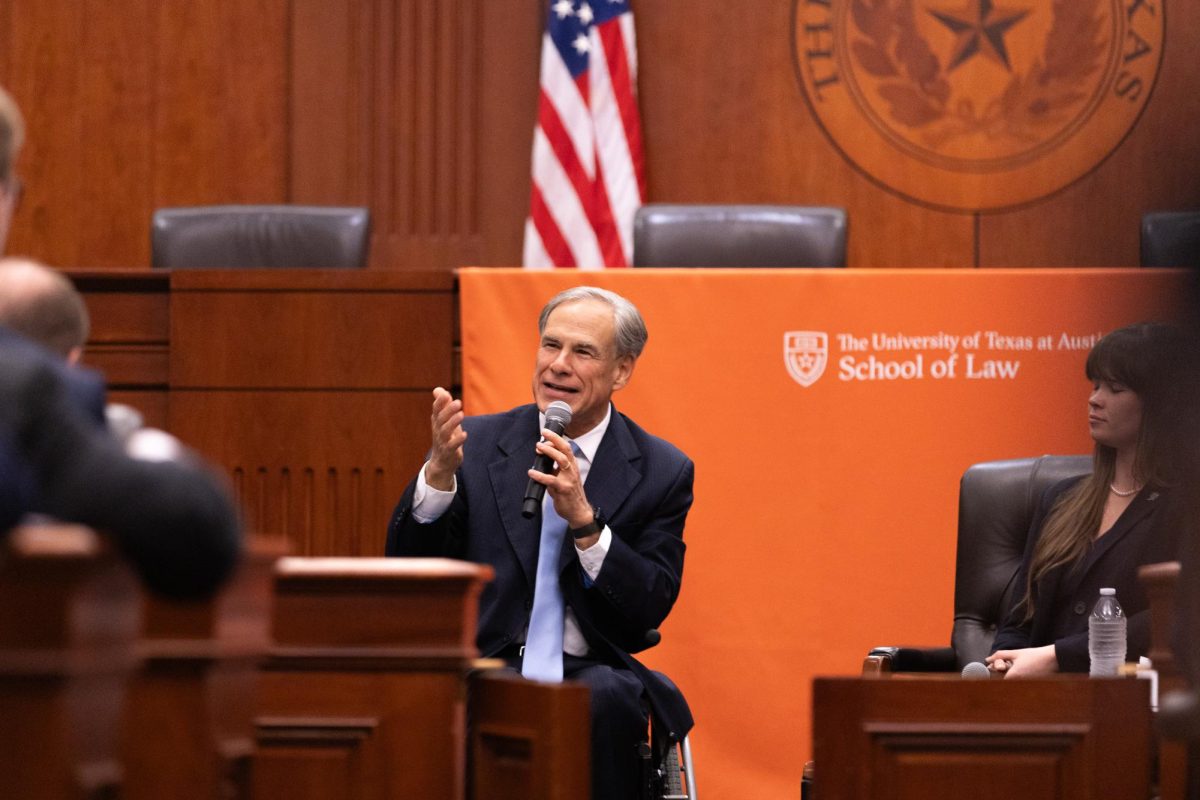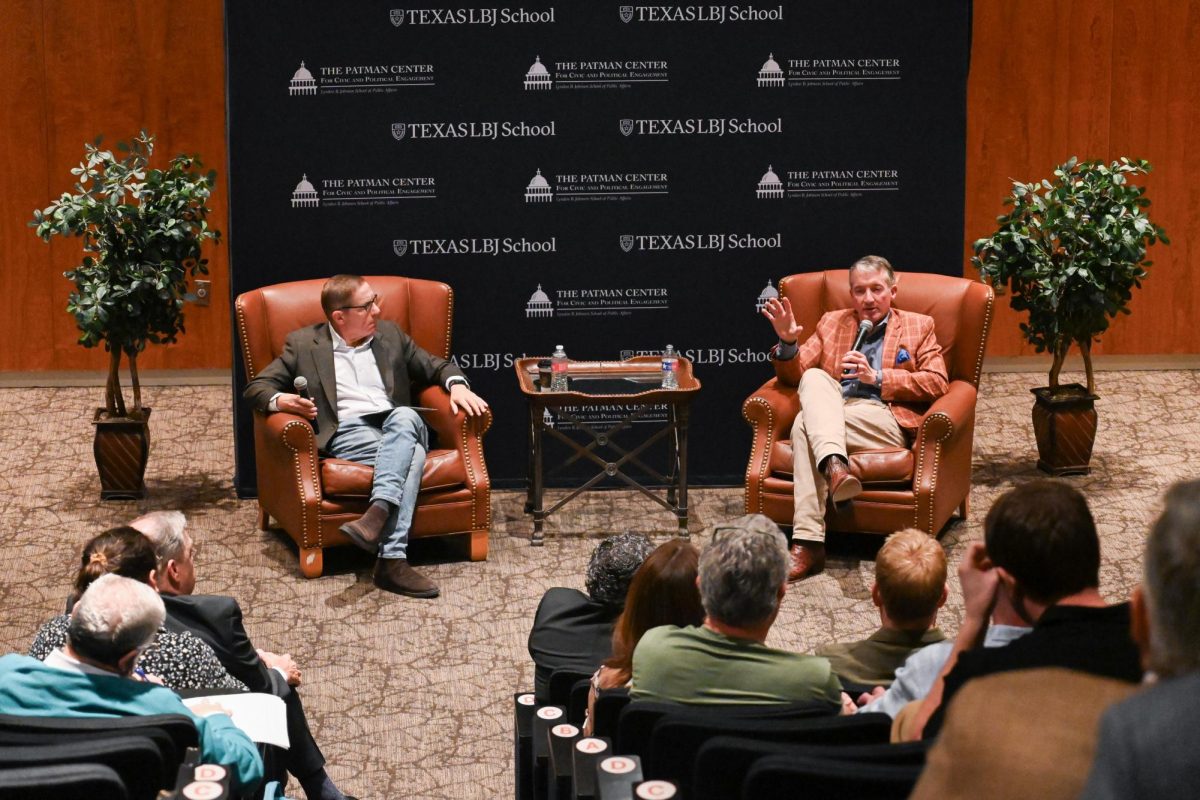Faculty and administrators are redesigning large, entry-level undergraduate classes to better engage students with hopes they will learn and retain more from the courses.
The University, with funding through the provost’s office, has committed $2.5 million to the newly created Course Transformation Program over at least three years, said Harrison Keller, vice provost for higher education policy and executive director of the Center for Teaching and Learning. The program provides funding and expert support from the Center for Teaching and Learning for faculty to design, implement and assess new teaching methods. The program focuses on courses that enroll more than 1,000 students at a time in multiple sections.
In the large courses, one in five students receive a failing grade or withdraw from the class, Keller said.
He said the program aims to lower the number of students who fail or withdraw while maintaining or improving the rigor of the courses.
“Can we help more students successfully navigate these gateway courses while at least maintaining and hopefully improving quality?” Keller said.
He said staff at the Center for Teaching and Learning spend much of their time supporting the faculty who wrote proposals and were chosen last year to participate in the program. He said five classes which serve more than 9,000 students — two introductory biology, two chemistry and an introductory statistics class — will begin implementing methodology changes this fall.
Senior biology lecturer Sata Sathasivan led a group of faculty to write the proposal to include biology courses in the program. He said he has planned methods to improve students’ ability to prepare for class and allow instructors to use lecture time more effectively. He said the planning has taken place in weekly meetings with the other biology faculty participating in the program and the teaching center’s experts.
“We start with the learning objectives, examine the best ways of addressing them to students and then examine how we can assess the learning,” Sathasivan said.
One possibility for improvement is to broaden access to online material organized by topic, including lecture segments on materials or concepts a student may be expected to know from a previous class but may have forgotten, said associate chemistry professor David Vanden Bout.
He said in his weekly meetings he has helped develop methods to improve students’ ability to prepare for class, including simply reading textbooks and using technology aids. He said if this system were fully implemented, all class sections of the introductory chemistry courses would have access to the same set of online material.
He said this systematic approach to organizing access to online content would consolidate any efforts professors may already be making to free up lecture time by enabling students to better prepare for class. He said lecture time would be freed up to interactively cover more relevant and applicable topics and problems.
“I would love it to be a time where everybody wants to go to class because they know they are going to learn something new and interesting not just ‘I have to go so I can get the notes,’” Vanden Bout said.




















